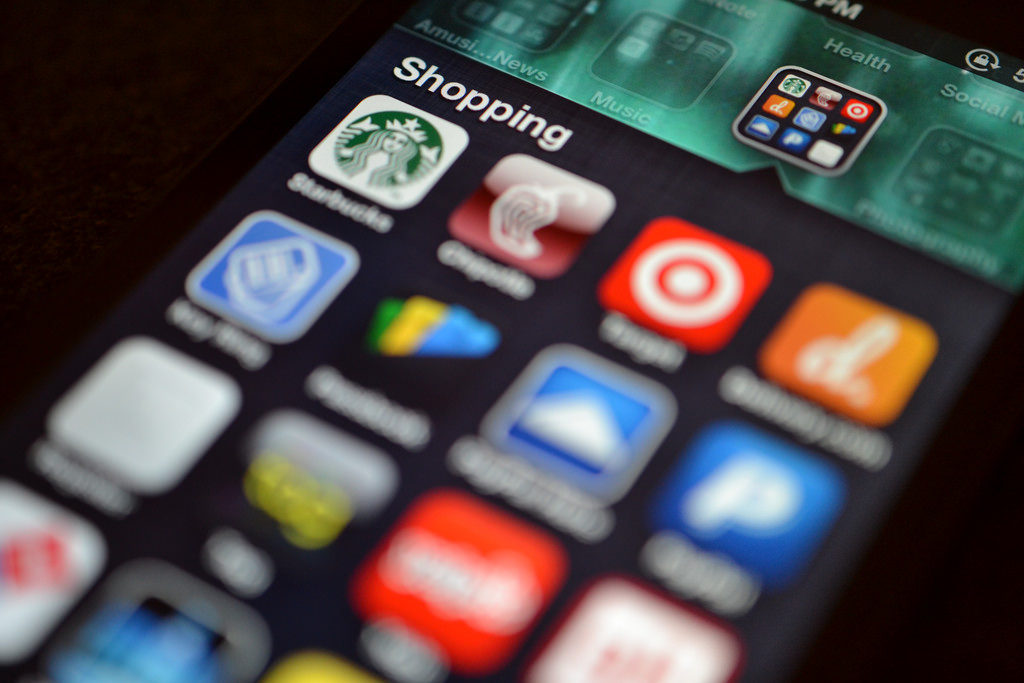Advertising to Millennials
When the subject of how to advertise to millennials comes up, many in the advertising industry just scratch their heads. It can be frustrating to understand what’s going through the heads of 80 million Generation Y members, but for retailers and other businesses, it is, and will continue to be, imperative for their success. According to a report by Accenture, by 2020, Millennials will account for 30% of total retail sales in the U.S adding up to $1.4 trillion dollars. That’s a lot of head scratching.
Rather than pulling out all your hair, perhaps a better idea is to understand what makes this group tick in order to target the largest generation in U.S. history.
Highly Educated & Tech Savvy
Among millennial group (which most agree are those born from 1981 to 1996), 27% of women have earned a bachelor’s degree. It’s also interesting to note that this compares to 21% of men, a reversal of the “Boomer” generation (born 1946-1964) where men earned more degrees than women. This group is also considered the first true “digital generation”, as they were raised on laptops, cell phones and the internet. This changes how they get their information and the immediacy of that information.
Ethnically Diverse
The Pew Research Center reports that as of 2014, fully 43 percent of Millennials were of non-white ethnicities. And according to the National Chamber Foundation, 11 percent of Generation Y members have at least one immigrant parent. Advertising using images reflective of this diverse population is an important consideration.
Driven but Financially Strapped
Although preceding generations characterize the Millennials as lazy and unmotivated, this is not true. In fact, Generation Yers have lofty expectations for both their personal and professional lives. Regarding work, they have the goal of doing work they are passionate about rather than just a job that pays the bills. In addition, they’ve grown up in an era where their parents placed a high importance on developing their self-esteem and personal development. With this groundwork laid, Millennials are more confident than other generations in their ability to achieve their goals, a 2011 study by Gregory Bresiger explained.
However, the confidence in building their future is at odds with the economic reality with which they are faced. Millennials average $35,000 in student loan debt. While this is a paltry sum compared to what today’s college kids will owe after four years, it’s still a heavy burden that alters their buying decisions and patterns. Combine this with the fact that Millennials have 7 percent less average wealth than those of same age group living in 1983, (Steuerle, McKernan, Ratcliff, and Zhang, 2013) and you can start to see a picture of a group that is very motivated to be thrifty and find good deals.
 Don’t Millennials Only Shop Online?
Don’t Millennials Only Shop Online?
One myth that has sprung up about the Generation Y crowd is that they’ve forsaken brick-and-mortar stores completely in favor of online shopping. But in a survey by Accenture, they discovered just the opposite: that Millennials actually prefer shopping at stores vs. shopping online. As with generations before them, GYers liked to be able to feel it, hold it, and smell it.
This doesn’t mean that they like to buy online. They do. A 2016 report by ComScore shows that this 18-34 group makes fully 54% of their purchases online, which is 5% more than any other generation. Neil Saunders, CEO of retail analysis firm Conlumino, sees this as having a major impact on the future of shopping. “The millennial impact is critical. It is the driving force behind a lot of the change in retail,” said Saunders.
Not only are millennials buying online, they are getting online to check product reviews and price-comparison shop, then looking at customer feedback regarding a store’s service to triangulate information before making a purchase. They also expect to find the same prices in stores as they find online and for brick-n-mortars to match prices by retailers such as Amazon.
True or False: Millennials aren’t Brand Loyal
False: Another myth of Millennials is that they are not brand-loyal. Accenture found that in a survey of retail industry execs, 40 percent stated their primary concern about Millennials is their lack of brand loyalty. But Millennials tell a different story. They are willing, and have proven, to be very loyal to companies that treat them right. This means being offered targeted promotions and great discounts for being a loyal customer.
How Millennials Consume Media
 While there is no arguing that consumption of traditional television has decreased among Millennials, this stat is a little misleading. The newest figures from Nielsen indicate an increase in total consumption when adding in streaming sources including PC video, TV-connected devices, tablets & smartphones. The question is whether advertising being shown to them via these mediums is effective. Studies show that the majority of Millennials are still using television as the tool where they are most likely to use to find out about a new product introduction.
While there is no arguing that consumption of traditional television has decreased among Millennials, this stat is a little misleading. The newest figures from Nielsen indicate an increase in total consumption when adding in streaming sources including PC video, TV-connected devices, tablets & smartphones. The question is whether advertising being shown to them via these mediums is effective. Studies show that the majority of Millennials are still using television as the tool where they are most likely to use to find out about a new product introduction.
However, when it comes to actually making a buying decision, Millennials turn to social media. According to the digital marketing agency ODM Group, 74% of consumers rely on social networks to guide purchase decisions.
But just putting up a Facebook page or Twitter feed isn’t going to cut it. While Millennials may “like” your page, it isn’t because they think it’s cool. They’re doing it to get a coupon or discount. The goal of a social media campaign focused on this demographic is to become a source of information about new products and exclusive offers with the goal of creating the all-important buzz. The next concern is staying on top of the latest social media platform. This is a moving target for retailers. But instead of trying to look for a panacea to solve your social media needs, focus on your product/service demographic. If your target demographic are Millennials with kids, then Facebook, Pinterest and Twitter are the best. Millennial women are more likely to use Instagram than Snapchat or Twitter. And Facebook has the most active users with a college degree making less than $50k/yr. But this data is changing by the minute, so it’s important to keep searching out the latest data.
Conclusion
Millennials are and will continue to be a driving force in the economy. How much marketers understand this group and tailor their messages to them will determine whether their companies are around in the future.

